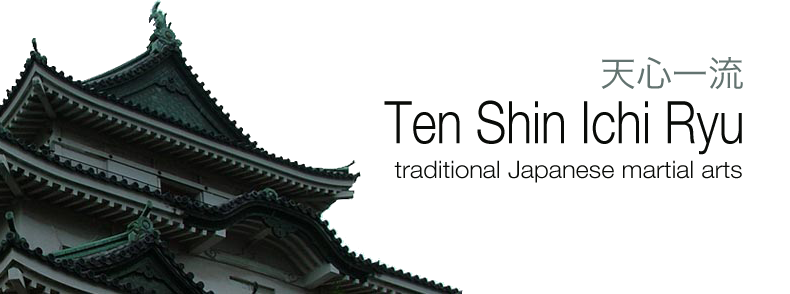
Heian Festival
Articles
Women Warriors -
Female Samurai in Ancient Japan?
Classical Japan - The Heian Era
Nijo Jo - The Famous Castle of Kyoto
December Festivals in Japan
Personalities by Blood Type, A
Japanese Concept
Shinto, The Kami Way
Memoirs of a Geisha
Traveling in Japan
Japanese Kimono
Tea Ceremony
Children's Day
Springtime Festivals in Japan
The Art of Japanese Textiles
Dance and the Kabuki Theater
Hana-Mi (Flower Viewing)
Gagaku Performance - New York
Many images are associated with ancient Japan - geisha, samurai and great battles. These images are associated with the Tokugawa era in Japan rather than the Heian Era (794-1192) of Japan. In 794 the capital of Japan had moved to Heian-Kyo (meaning "capital of peace and tranquility") -- known know in modern day as Kyoto.
The Heian Era brought about a period of great art, music ("gagaku" imperial court music), poetry, the development of kana, the spread of Buddhism and in the earlier Heian days, more peaceful times. It was during this time period the Japanese focused on developing their own concepts, independent of China. Chinese influence on Japanese society greatly declined during the Heian era as communications between the two nations ceased in 894.
While the Emperor (or "Tenno") was the figurehead ruler, it was the Fujiwara ("wisteria field") clan in the Heian period that held true power due in large part to political wrangling (inter-marriages with the Imperial court and nepotism). Fujiwara Yoshifusa (804-872) had installed his own grandson as Emperor.
The end of the Heian era was brought about due to the decline of effective rule by the government and failures of the Taika reforms - a tax structure which ended up heavily taxing farmers, but not the many shrines and temples. As the state income and public well-being decreased, danger and public outrage increased. Displaced peoples, and worried landowners had the need to protect themselves - thus ushering in the period of the samurai.
Links for more information for the Heian period:
Festivals:
The Festival of the Ages, held in October at the Heian Shrine (established in 1895 to commemorate the 1100th anniversary of the founding of Kyoto). This shrine is famous for it's beautiful gardens and large torii).
Shrines:
Katsuga Taisha Shrine (Nara)
To-ji Temple (Kyoto)
Byodo-in (Phoenix Hall)
Reading:
The Tale of Genji by Lady Murasaki Shikibu (related to Doshu's family lineage)
The Ink Dark Moon: Love Poems by Ono no Komachi and Izumi Shikibu, Women of the Ancient Court of Japan
Makura no Soshi by Sei Shonagon
Content copyright © 2006-2010 by Melanie Shintaku. All rights reserved.
This content was written by Melanie Shintaku. If you wish to use this content in any manner, you need written permission.
For more information on Japan's history:
View photos of the burial place of the 47 Ronin in Tokyo - photos section - or stop by our links page for more information on Japan and her arts.
Tokugawa Lineage
Kublai Khan and Japan
Samurai Archives